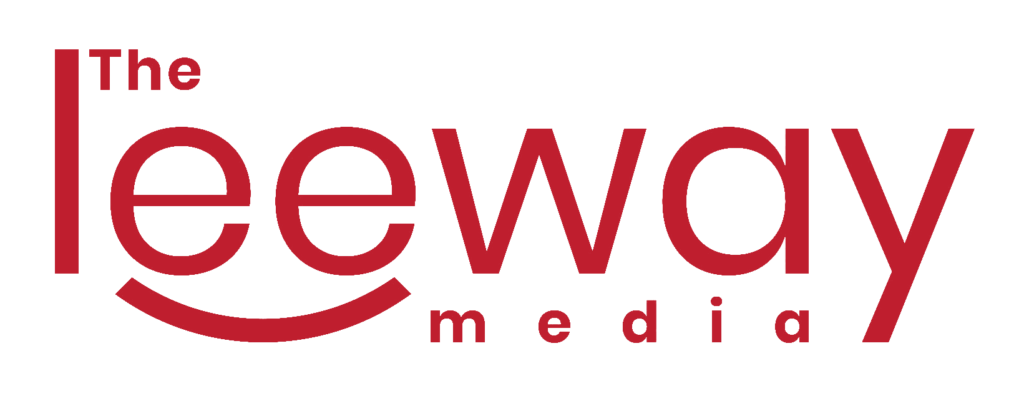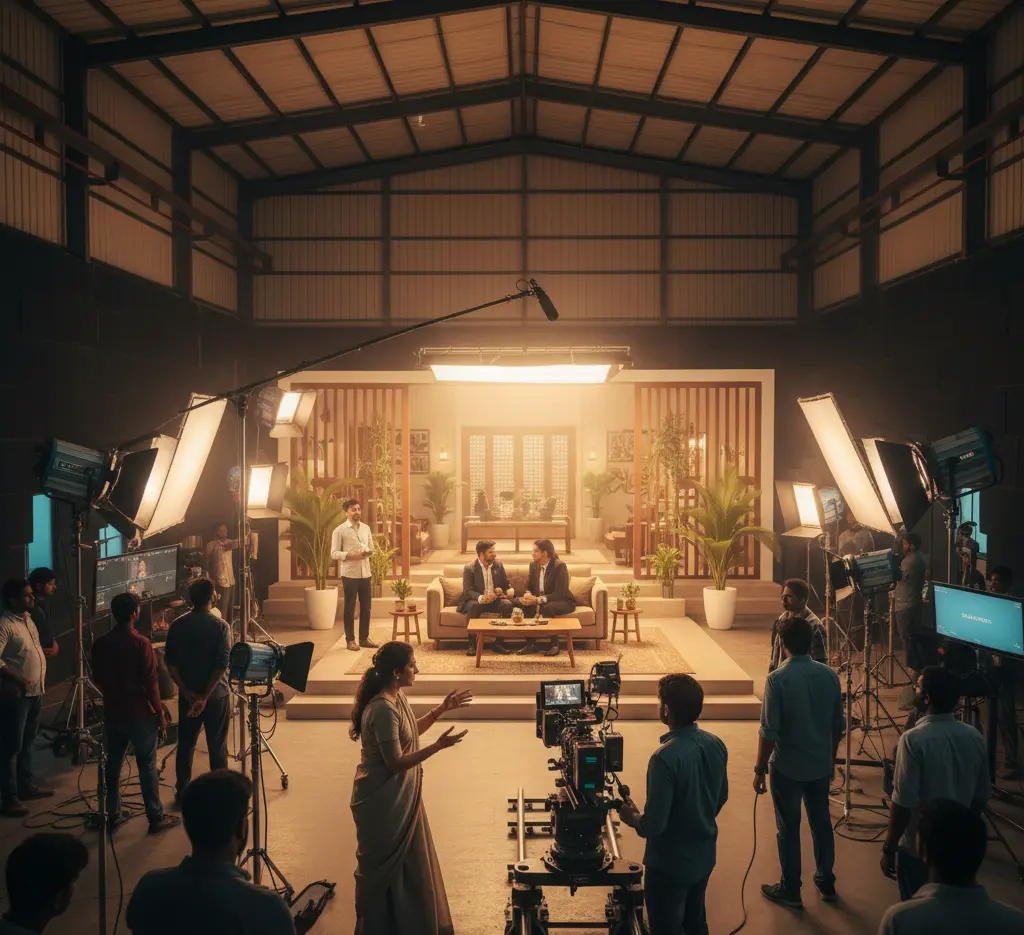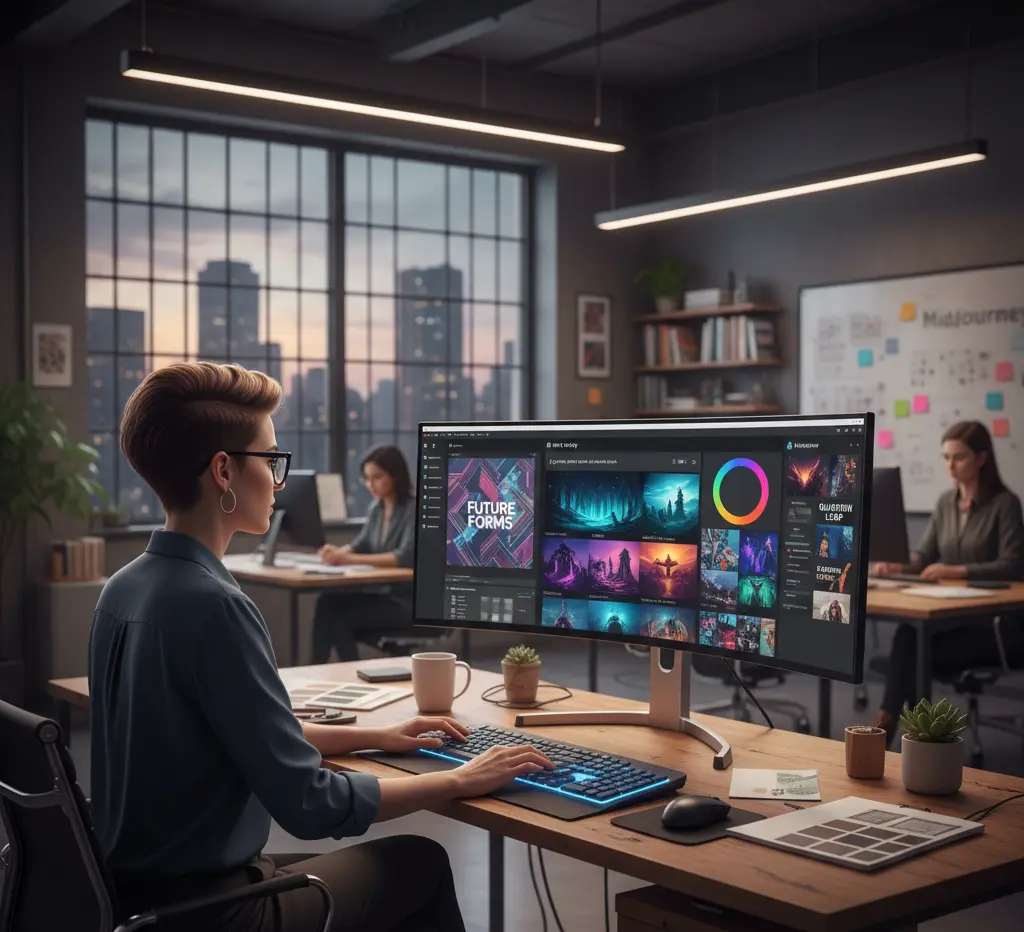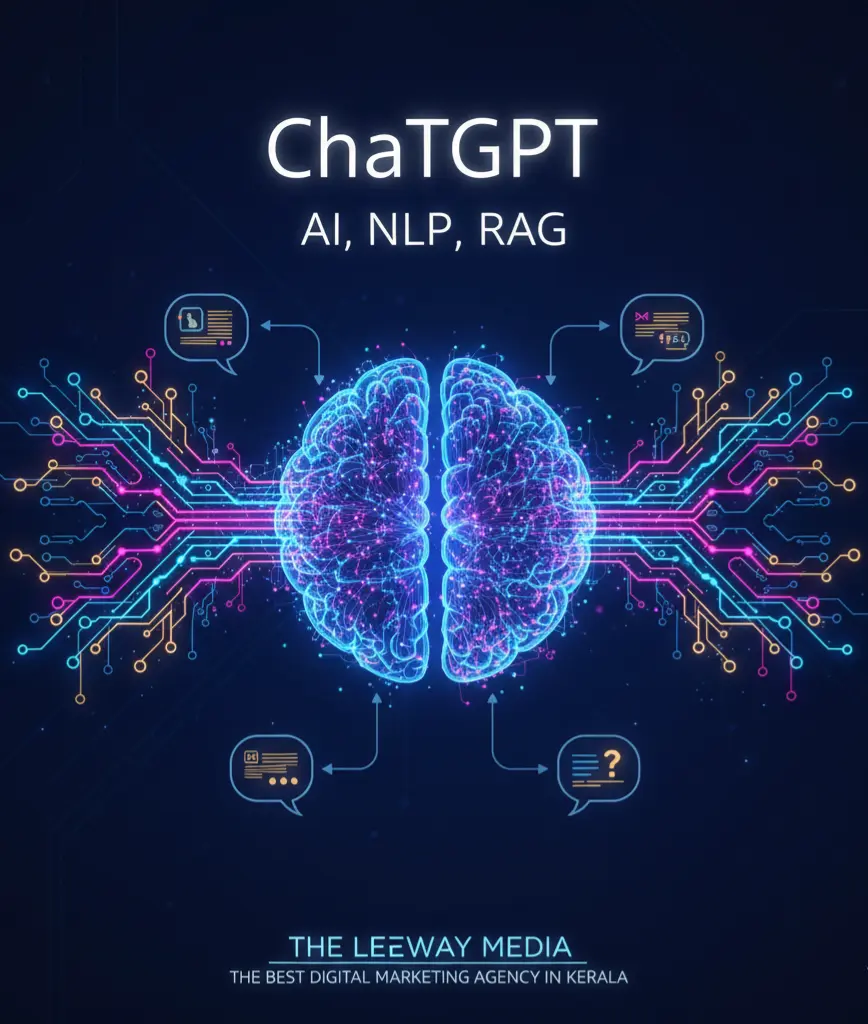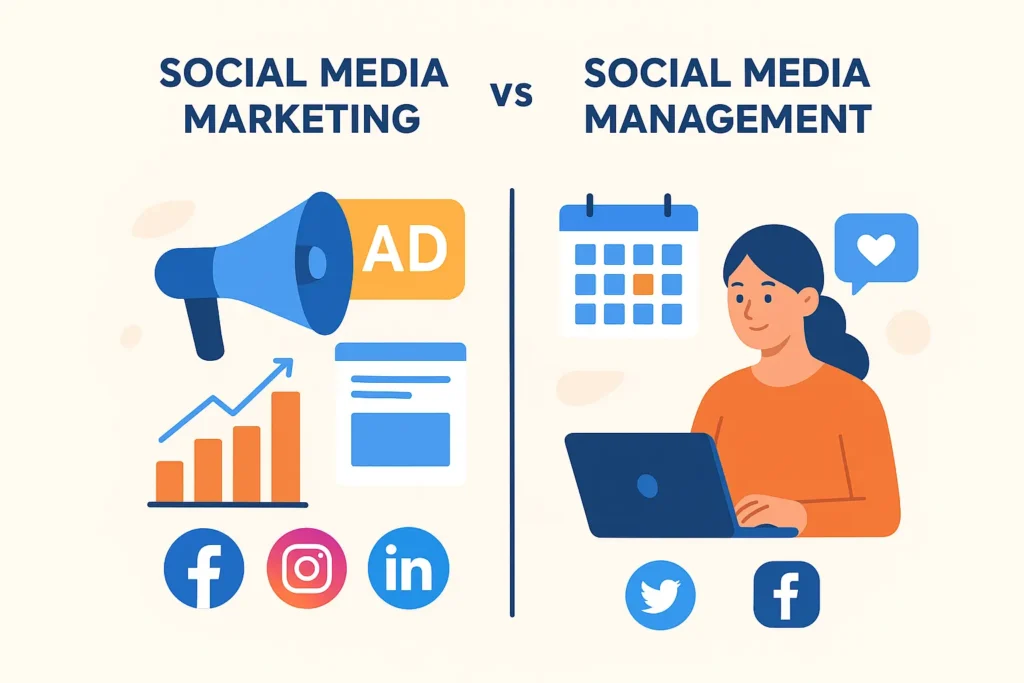Social Media Impact in Off-Page SEO
Social Media Impact Off-Page SEO In today’s digital environment, social media does far more than just connect people; it also plays an important part in increasing your website’s visibility through Off-Page SEO. From boosting brand authority to increasing high-quality traffic and enhancing search rankings, the effect of social platforms on SEO is unquestionable. Businesses that effectively use social media can broaden their reach, foster trust, and promote long-term online success. At The Leeway Media, we help brands realize their full potential through targeted strategies and competent SEO services in Kerala, ensuring that your digital presence works smarter and performs better across all channels. How Does Social Media Impact Off-Page SEO? Social media has no direct impact on search engine rankings, but it dramatically improves Off-Page SEO via multiple important indirect signals. When your material is shared, liked, or discussed across many networks, it enhances visibility, credibility, and organic traffic—all of which search engines weigh when determining a site’s authority. Here’s how social media strengthens Off-Page SEO: Increases Content Reach: More shares mean more people discover your website, leading to higher referral traffic. Boosts Brand Awareness & Authority: Active engagement helps build trust and a strong online reputation. Attracts High-Quality Backlinks: Valuable content shared widely on social platforms often gets picked up by bloggers, journalists, and websites. Improves Indexing: Search engines can find and index content faster when it gains traction on social media. Enhances Engagement Signals: Comments, saves, and interactions create positive brand signals across the web. All things considered, social media serves as a potent amplifier for your website, enhancing its visibility and authority—two essential elements of effective off-page SEO. Does Social Media Presence Help Improve Search Engine Rankings? Social media presence is not a direct ranking criterion for search engines such as Google. However, it has a favorable impact on rankings in various indirect ways. A strong social presence boosts brand awareness, generates more traffic to your website, encourages content sharing, and raises the likelihood of obtaining backlinks—all of which lead to better overall search performance. How Can I Use Social Signals to Improve My SEO Rankings? While social signals like as shares, likes, and comments are not direct Google ranking considerations, they do improve the indirect signals that help your SEO performance. Here’s how to make good use of them: Share High-Quality, Valuable Content: Meaningful, engaging content gets shared more often, increasing visibility and referral traffic. Stay Active on Major Platforms: Regular posting keeps your brand relevant and encourages consistent engagement. Encourage User Interaction: Ask questions, run polls, and create interactive posts to boost comments and engagement rates. Use Strong CTAs to Drive Website Visits: Guide your social audience to your website or blog, increasing organic sessions and improving search signals. Collaborate With Influencers: Influencers can amplify your reach, attract new audiences, and increase chances of earning backlinks. Optimize Your Profiles (Social SEO): Use relevant keywords in your bio, descriptions, and hashtags to make your profiles more discoverable. Repurpose Content Across Platforms: Turning your blogs into reels, carousels, or infographics boosts visibility and encourages sharing. Final Thoughts Social media is becoming a crucial component of off-page SEO, assisting companies in reaching a wider audience, establishing credibility, and drawing in valuable traffic that promotes long-term search ranking success. When applied properly, it serves as an amplifier, enhancing the visibility of your material, promoting interaction, and raising the possibility of obtaining high-quality backlinks. At The Leeway Media, we help businesses capture the actual power of social platforms by providing specialized strategies and experienced SEO services in Thodupuzha, ensuring that your brand remains visible, relevant, and competitive in the digital space. By combining strong social media efforts with solid SEO tactics, you can build a strong online presence that promotes steady development. Instagram Facebook
Social Media Impact in Off-Page SEO Read More »
